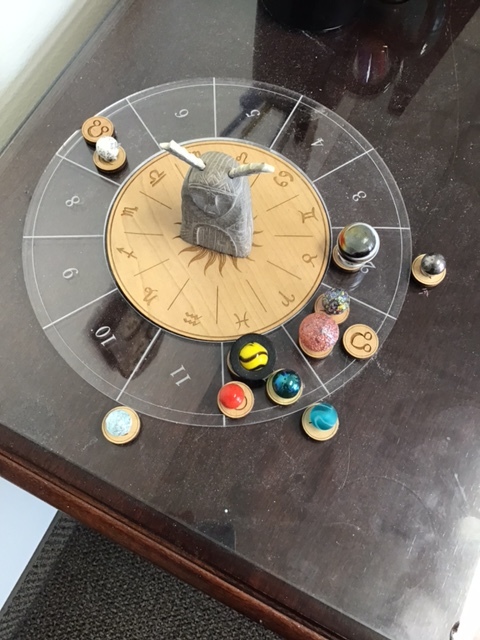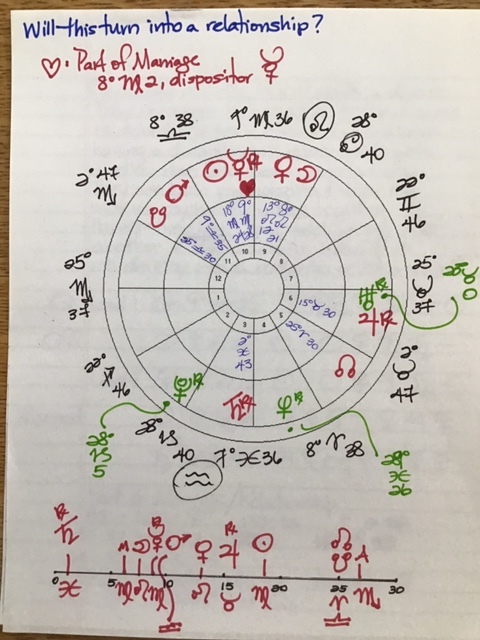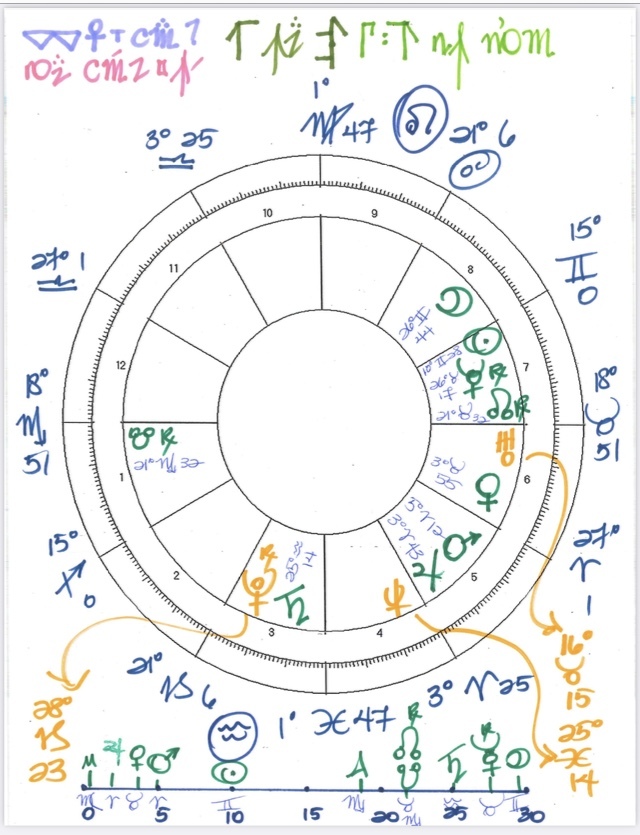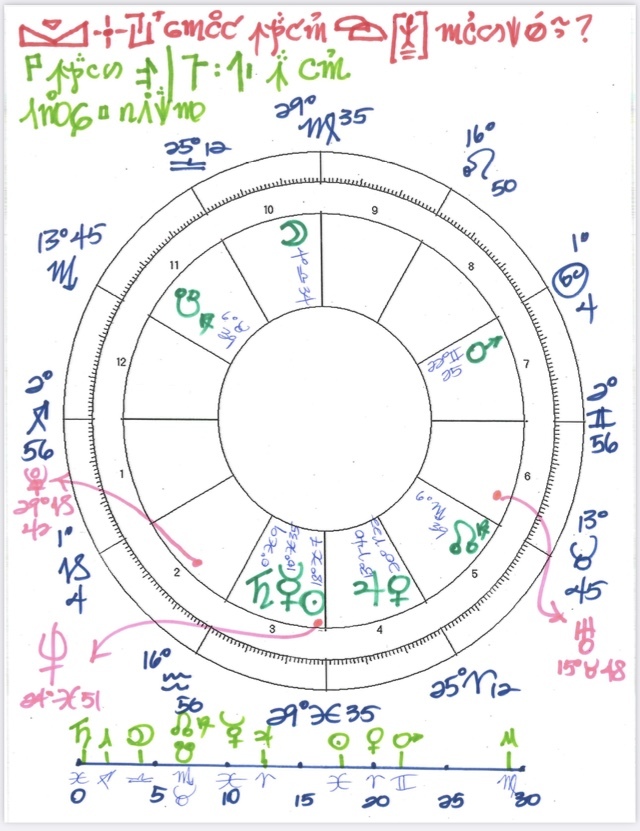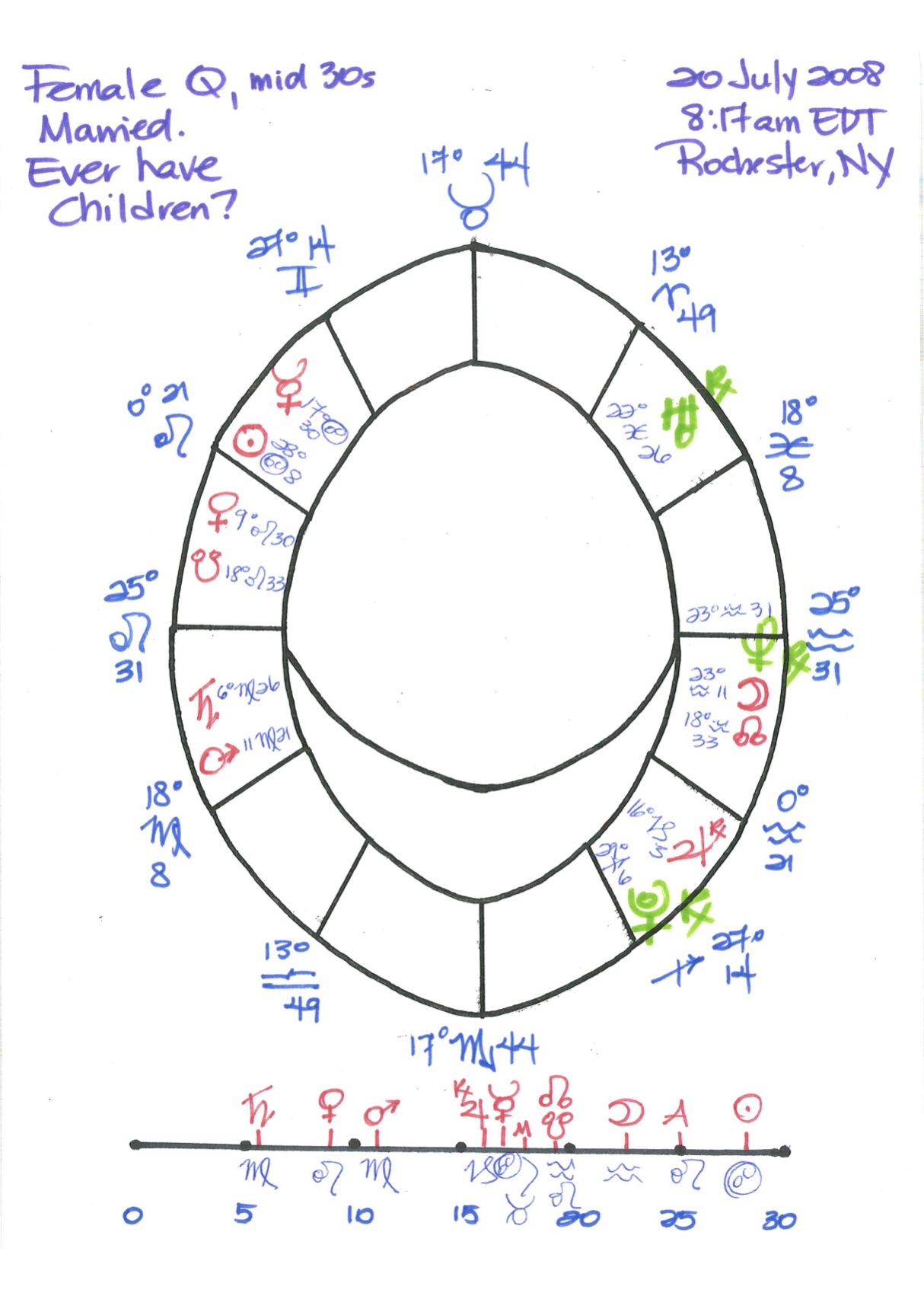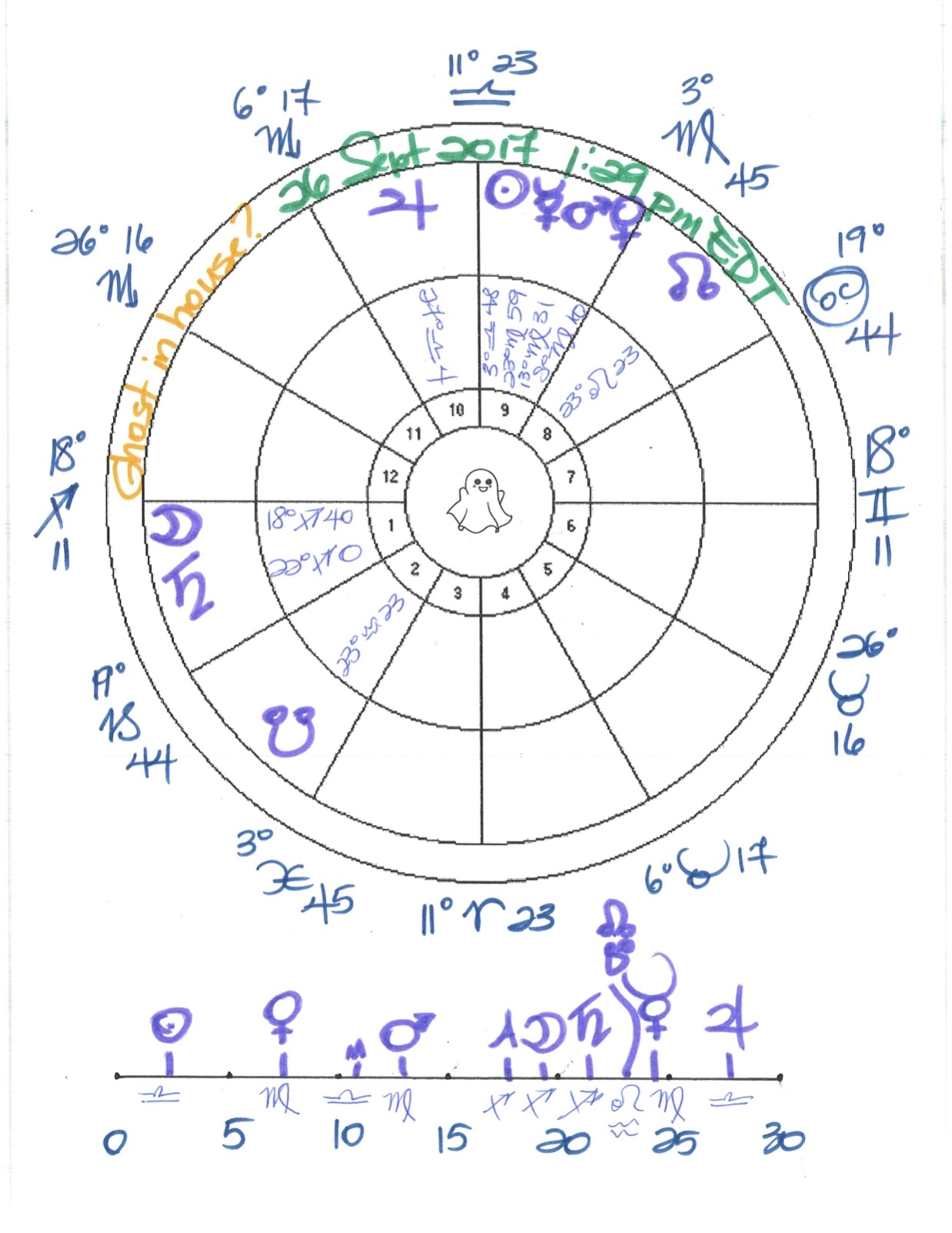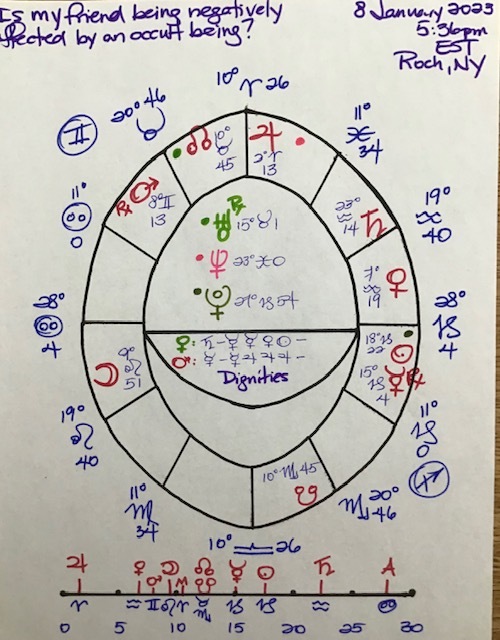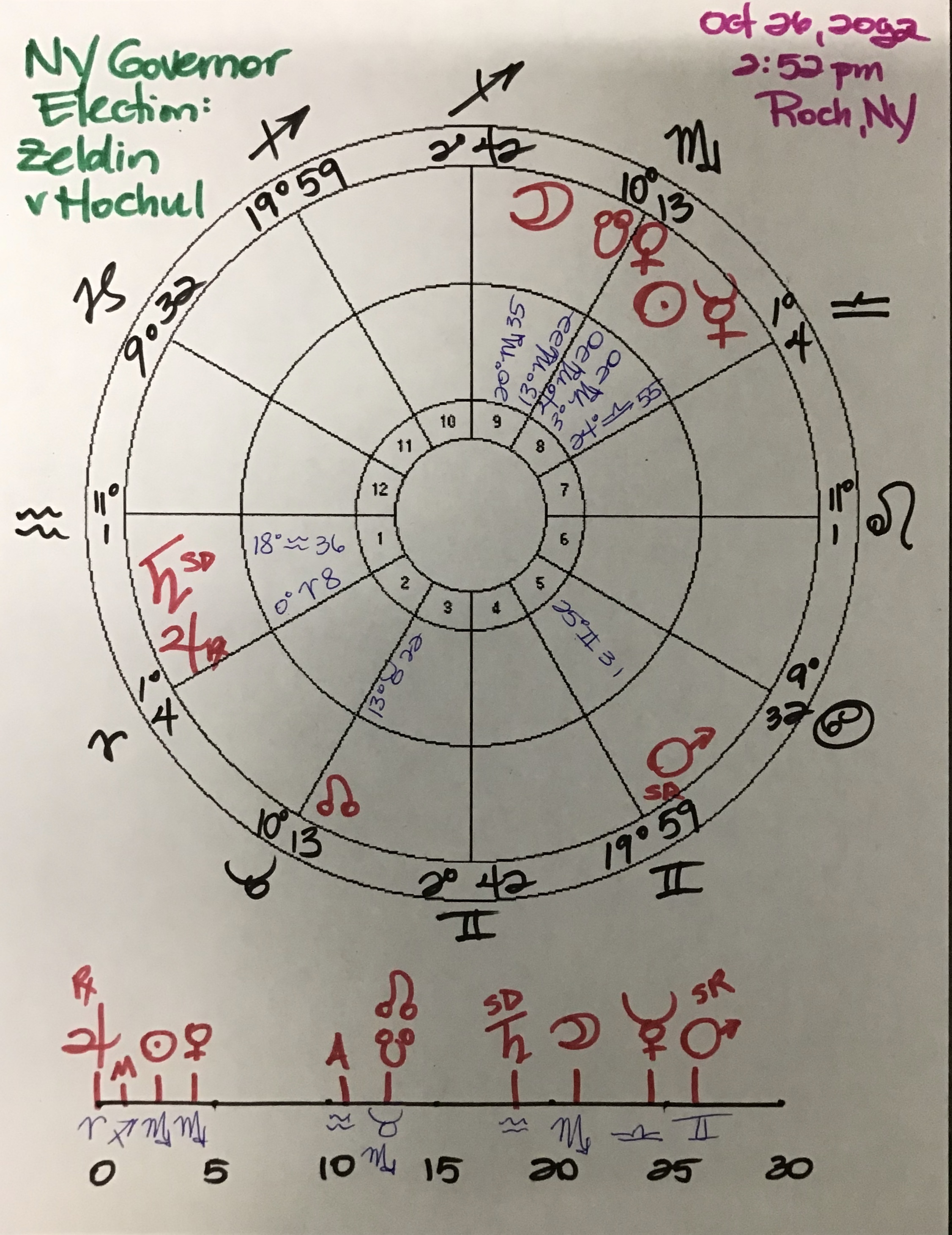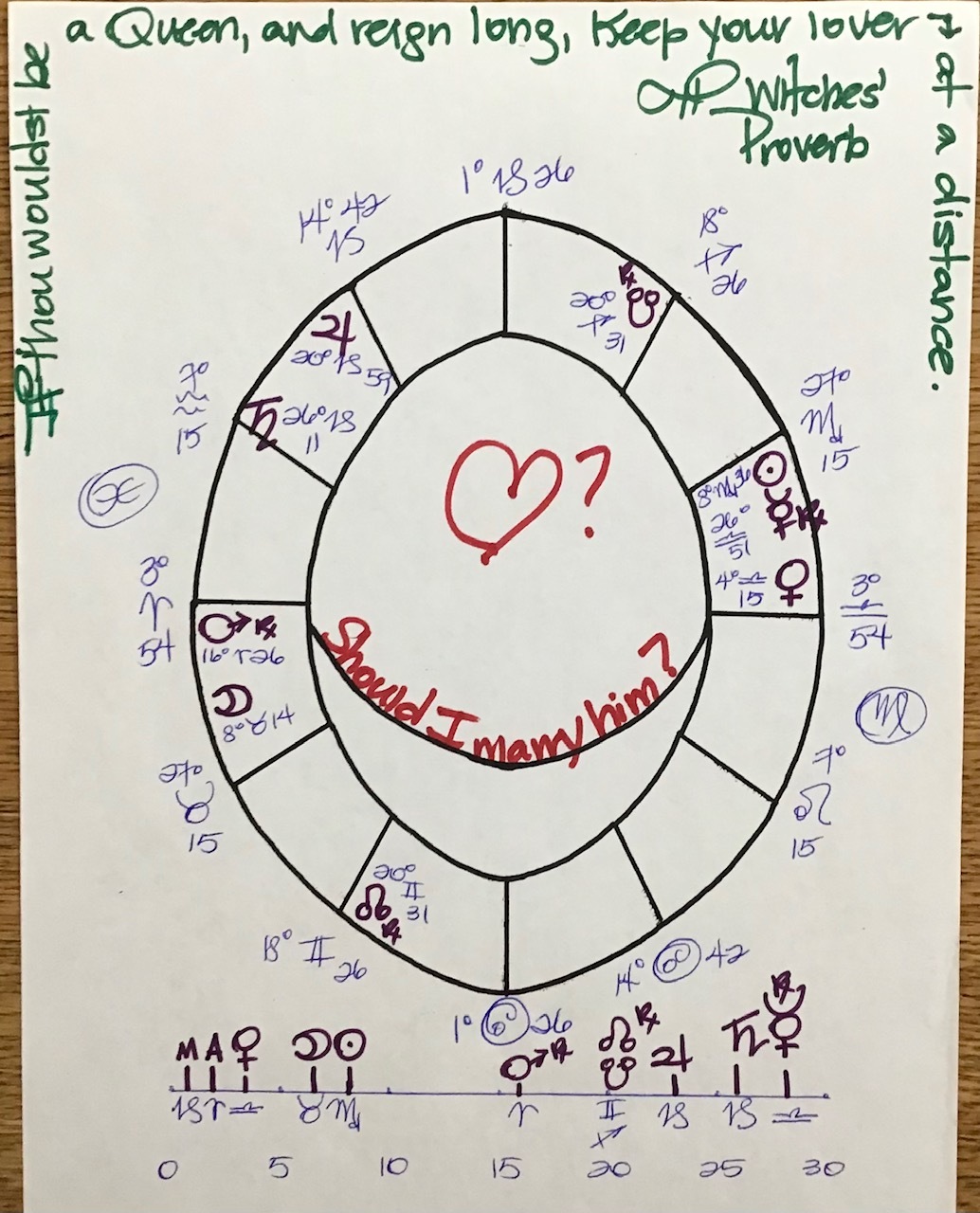
At the end of an astrology lesson, students are encouraged to set forth their own charts that they have taken from querents since the last lesson. Occasionally, a student will bring up a chart from the past that he has encountered in his reading. This is such a chart.
It is from the BOOK OF ASTRONOMY by medieval astrologer Guido Bonatti. He was the astrologer to Count Guido Novello, who was waging a war against the city of Lucca in Italy. In this chart, Count Novello asked about his success in besieging a certain castle of the Luccans. Specifically: Will we occupy the castle of the Luccans?
Bonatti uses this chart to illustrate his listed rules of judgment on the besiegement of castles. His rules of judgment seem confused to me, and I myself could state them more clearly.
* Give the 1st House to the army asking the question. In this case, that of Count Novello. Sagittarius is on the cusp of the 1st House, and so Count Novello's army is Jupiter.
* Give the 7th House to the enemy, in this case, the Luccans. Gemini is on the cusp of the 7th House, and so they are Mercury.
* Give the 4th House to the castle being besieged. In this case, Pisces is on the cusp of the 4th House. So the castle is also Jupiter.
We run into a problem here. We cannot have Jupiter represent both Novello's army and the castle. So, we will allow the castle to keep Jupiter, and Novello's army will be substituted by its cosignificator, the Moon.
Therefore:
Novello's army: The Moon
The Luccans: Mercury
The Castle of the Luccans: Jupiter
Bonatti gives a somewhat convoluted judgment to Novello but tells him that "the castle would more likely stand than be taken." But his reasoning is suspect, and this is what caused by student some concern.
The student pointed out that the Moon is exalted, Jupiter is in fall, and they are just about to aspect. This would ordinarily be a clear picture of the castle being taken by Novello's army. The Moon is not particularly strong, accidentally (in the 6th house), but neither is the army of the Luccans, with Mercury just about to enter the 12th house---showing the Luccans being imprisoned in their own castle.
Jupiter is strong, accidentally, in the 2d house, but its dispositor Saturn, is also in fall and is retrograde. This is not a strong castle. It could easily fall.
The chart puzzled me, too, for a moment, and then I saw the answer. The Moon's next aspect is to Jupiter. And after that, Mercury comes along and aspects Jupiter. This is known as a Collection of Light. The Moon gave its power to Jupiter, and then Mercury came along and gave its power to Jupiter. This operates like a conjunction between the Moon and Mercury. And therein lies the answer.
Modern astrologers usually do not learn the judgment rules of besiegement (unless their country goes to war, at which point they quickly learn the rules), but all of us learn the rules for judging the outcome of civil trials in courts, which are, in fact, derived from the judgment rules of besiegement. In civil trial charts, the querent gets House 1, his enemy gets House 7, and the verdict gets House 4. Look familiar?
One civil trial rule is that when the planets of the plaintiff and the opponent come to conjunction, they will settle the matter before the trial.
That is exactly what happened in Bonatti's besiegement chart. The parties made all of their preparations and then . . . did nothing. Bonatti even tells us this in so many words! Novello's army "readied for the capture of the castle," but "in no way did they carry out [their plans; instead] the army left the field." Some of the members of the army were disappointed, feeling that they could have taken the castle if they had assaulted it.
Well, woulda, coulda, shoulda, I say.
But, that's the real rationale of this chart for a nothing besiegement: the parties "settled" before engagement.
A bit of sightseeing here: You can see that the two armies had already met once on the land, but did not engage with one another. This happened about a month before the above question, but you can see it in the present chart, yes? The two armies (Moon and Mercury) faced each other (past opposition) about 4-5 weeks prior. The Moon was exalted, so Novello's army terrified the Luccans, who chose not to engage.
If you want to cast a modern version of Bonatti's chart on your software, you will get fairly close with this data:
11 October 1261
9:40 a.m.
Lucca, Italy
LMT: -00:41:56
This whole entry brings up another important point. It is almost impossible to learn traditional astrology from books, even if you memorize and master everything that the ancient and medieval and renaissance astrologers wrote. Their judgments are often convoluted, and you can feel them struggling to justify what they know as the outcome by what they see in their charts. It is important to keep in mind that time-keeping was an iffy matter for the public even into the 18th century. Secondly, the ephemerides that astrologers used were often wrong. This is one of the things that led astronomer Johannes Kepler to rewrite the ephemerides for Mars once he understood the laws of planetary motion. That was in 1609 and 1610. Before he did that, the ephemerides' placement for Mars was often so out-of-step with reality that it was affecting the charts of astrologers.
I have heard of burgeoning astrologers who attempt to learn horary astrology by reading William Lilly's Christian Astrology and his vastly convoluted judgments therein. I commend your resolve, but condemn your foolishness: You are beyond nuts. Find a teacher. :D
*** Blessed be to those who serve the Great Mother and the Horned Father.
* Copyright to Coven Rochester
